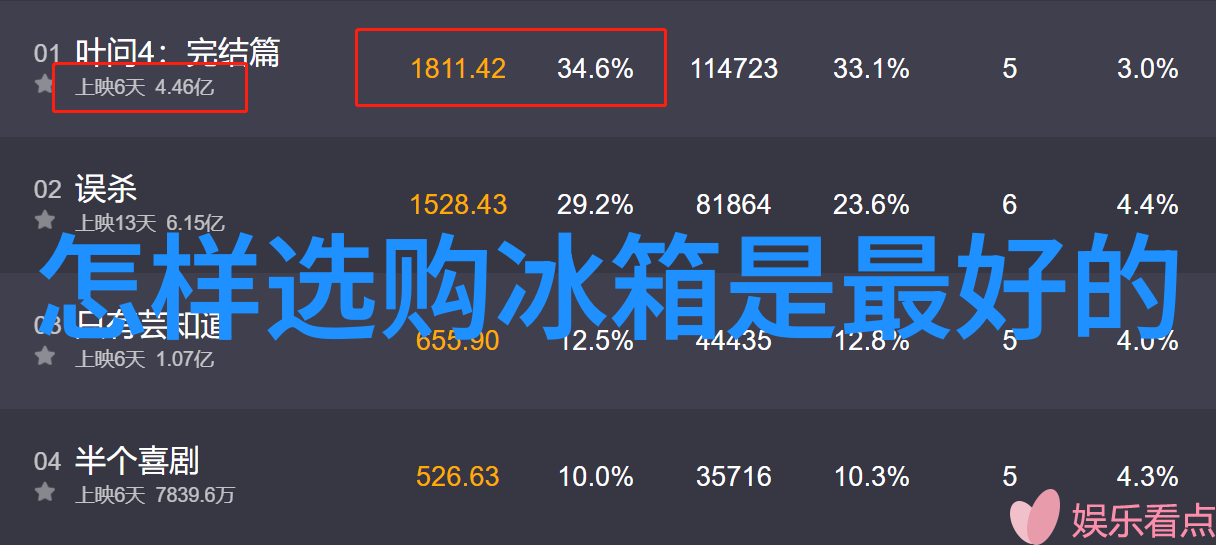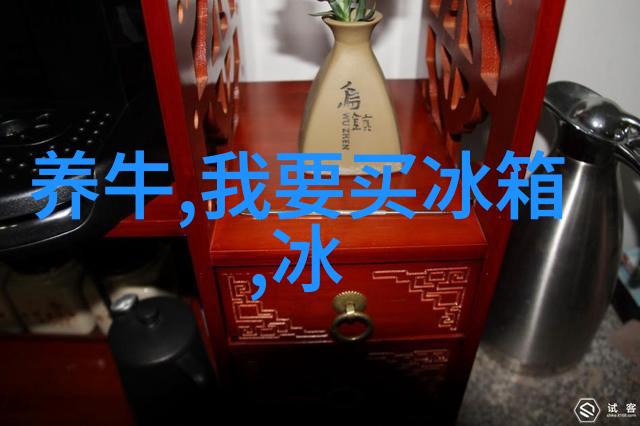在食品工业中,保证产品的质量和卫生标准至关重要。为了确保生产过程中的清洁和防腐,许多企业选择使用不锈钢波纹填料。这是一种特殊设计的填充材料,它具有优异的耐腐蚀性能、良好的化学稳定性以及高效的过滤效果。

首先,我们要了解波纹不锈钢是什么?它是通过一种独特的加工工艺制作而成,这种工艺使得其表面形成了复杂且规则的波浪形状。这一特定的形态增加了其表面的有效面积,从而提高了物质与液体之间接触面积,使得过滤效果更加显著。此外,由于波纹结构可以减少流体对填料内壁的摩擦,因此也能降低压力损失。
在食品工业中,波纹不锈钢填料应用非常广泛。例如,在酿酒行业,它用于清洗设备以去除残留物和污垢。在肉类加工厂,它用于过滤动物蛋白浓缩物,以产生纯净蛋白粉。在乳制品生产中,波纹不锈钢被用来处理奶水,以去除细菌和其他微生物。甚至在巧克力制造业,也会采用这种材料来清洁混合机器以避免糖分沉积。
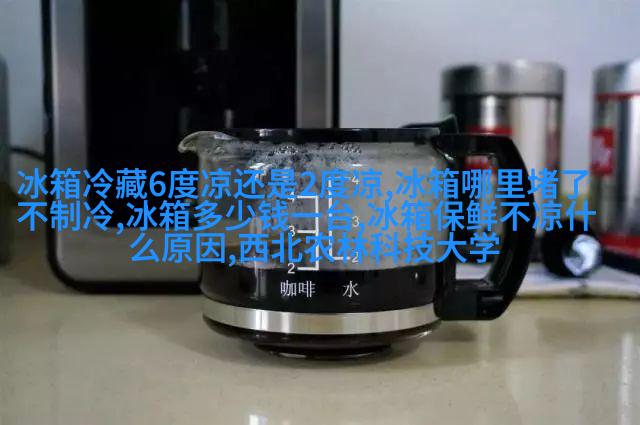
除了这些直接应用之外,不锈钢波纹填料还有助于改善整个生产环境。由于其抗腐蚀能力强,可以长期暴露于酸碱或有机溶剂下,而不会发生退化或破坏。此外,因为它们易于清洁并且耐磨,所以维护成本较低,这对于经济敏感性的食品产业来说是一个巨大的优势。
然而,对于某些特殊情况,需要特别考虑的是,不同类型和尺寸大小的食材可能需要不同的处理方法。不锈钢波纹填料可以根据需求进行调整,以满足各种不同条件下的使用要求。而且,由于这种材料相对轻便,便于安装,而且具有良好的密封性能,使得它们成为一种理想的人造膜替代品。
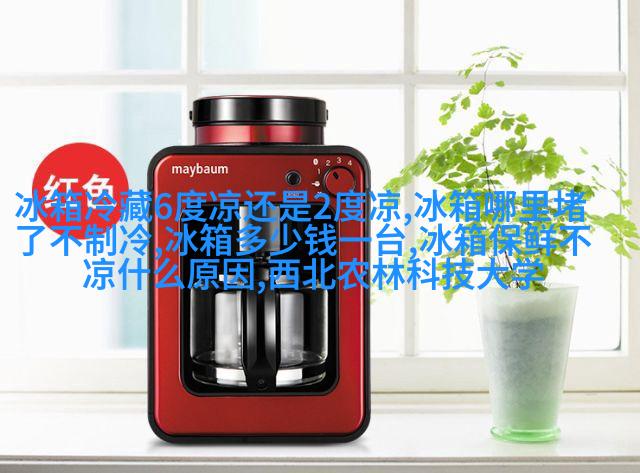
总结来说,不锈steel wave filter media in food industry is a highly effective solution for ensuring the cleanliness and hygiene of food processing equipment. Its unique structure, combined with its corrosion-resistant properties and ease of maintenance, make it an ideal choice for a wide range of applications within the industry. By selecting the right size and type of wave patterned steel filter media for your specific needs, you can ensure that your food products are produced to the highest standards of quality and safety.
The use of not just any material but specifically designed wave-shaped stainless steel filters in food manufacturing has numerous advantages over other types of materials. For one thing, these filters are more resistant to corrosion than other metals or plastics used in similar situations. This means they can withstand exposure to acidic or alkaline substances without breaking down or losing their effectiveness over time.
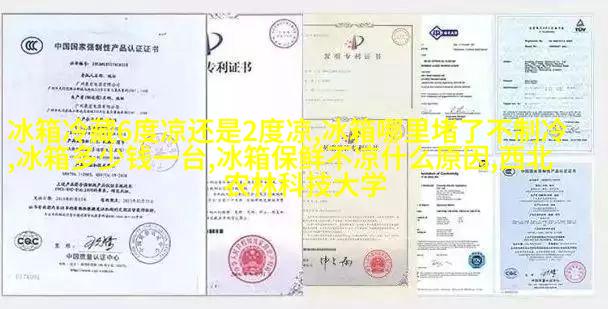
Furthermore, stainless steel wave-shaped filters have a higher surface area per unit volume compared to solid particles like sand or activated carbon. This increased surface area allows them to capture smaller particles and contaminants more effectively than traditional filtration systems.
In addition, because these filters are designed with specific shapes that maximize their contact with liquid flow rates while minimizing pressure drop losses during operation—making them particularly useful where high water volumes need be processed quickly without significant loss due energy consumption through excessive friction against surfaces caused by larger particle sizes present at lower speeds when using non-wave shaped devices instead (which often require additional pumps etc.) as well as reducing overall system downtime via better durability & easier cleaning procedures!

Last but not least; such innovative technologies contribute significantly towards environmental conservation efforts since we now save resources (water) from being wasted unnecessarily due mainly because less energy required throughout process leading directly back into our planet's ecosystem balance restoration efforts!

